Carolin Funck and Malcolm Cooper’s Japanese Tourism: Spaces, Places and Structures, published this month, explains the nuances of Japanese tourism, both by the Japanese and within Japan by tourists from around the world. Below, the editors recall what drew them to this fascinating field of study, how the field has changed since they started writing, and how they predict it will continue to change in the future.
__________________________________________
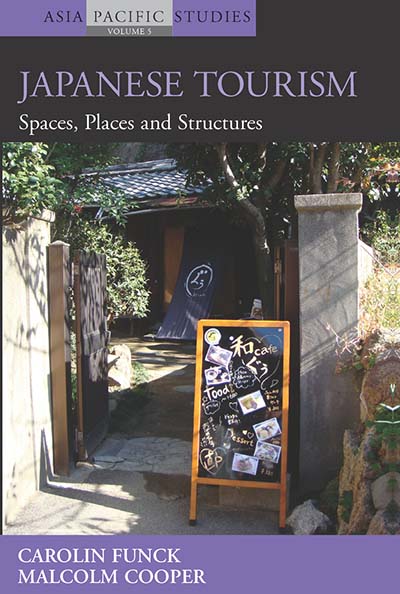
Berghahn Books: When were you drawn to the study of Japanese tourism? What inspired your love of your subject?
Malcolm Cooper: The lack of a readily available text that brought together the several elements of Japanese tourism and chronicled its form and function over the years when I first started to teach this subject more than 10 years ago.

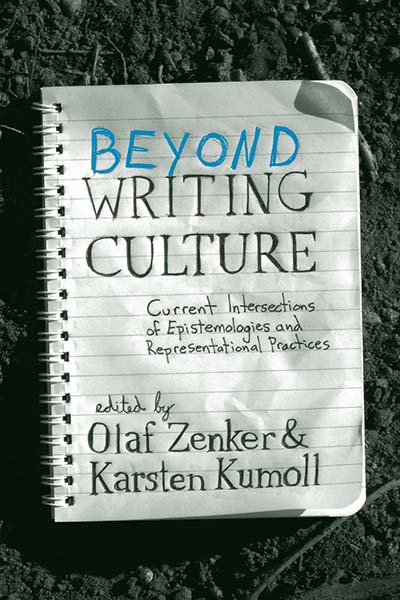
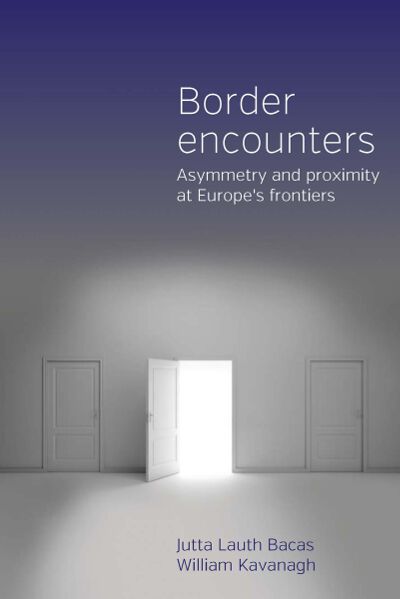 Berghahn Books: What drew you to the study of political and social borders? Why is this study important?
Berghahn Books: What drew you to the study of political and social borders? Why is this study important?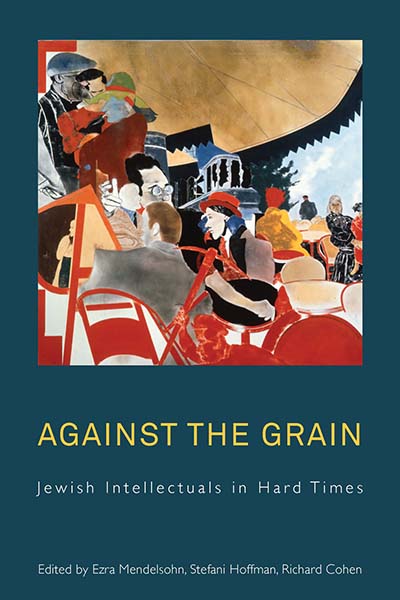
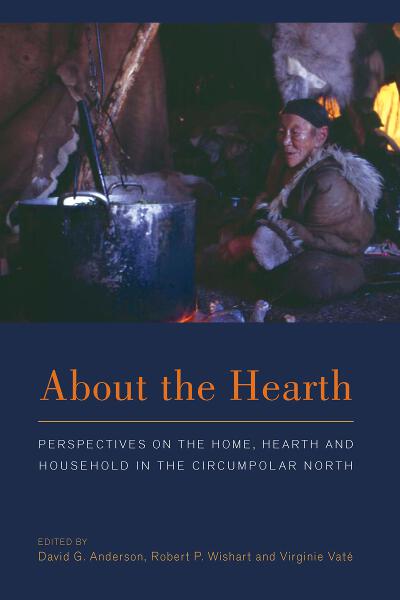
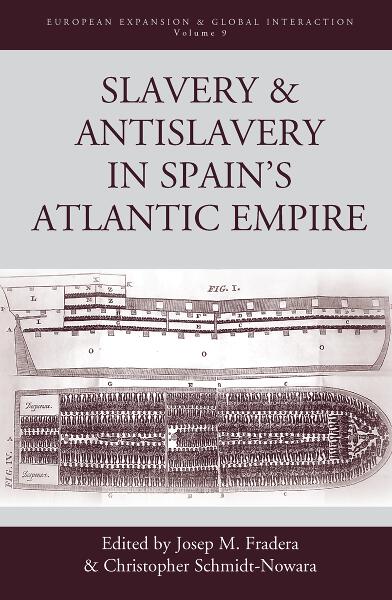 Berghahn Books: What drew each of you to the study of the Spanish empire’s Atlantic holdings?
Berghahn Books: What drew each of you to the study of the Spanish empire’s Atlantic holdings?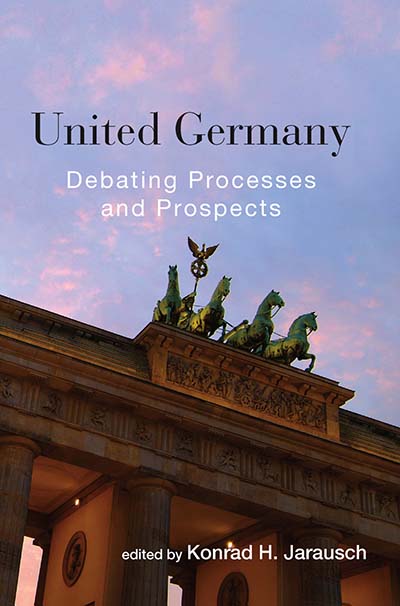
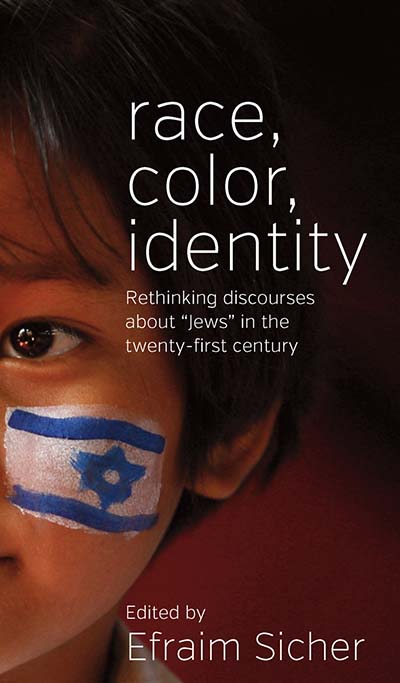 Berghahn Books: Did any perceptions on the subject change from the time you started your research/compiled the contributions to the time you completed the volume?
Berghahn Books: Did any perceptions on the subject change from the time you started your research/compiled the contributions to the time you completed the volume?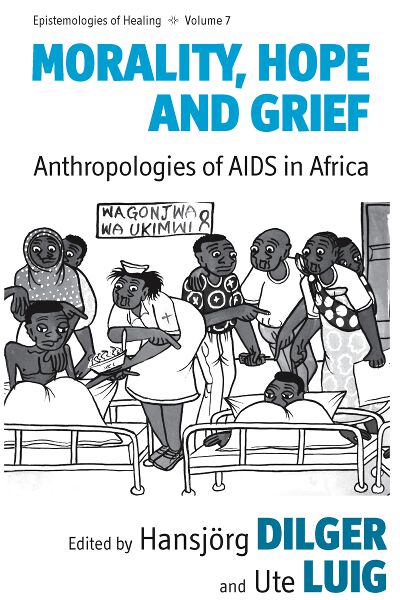 Hansjörg Dilger is the editor, along with Ute Luig, of
Hansjörg Dilger is the editor, along with Ute Luig, of 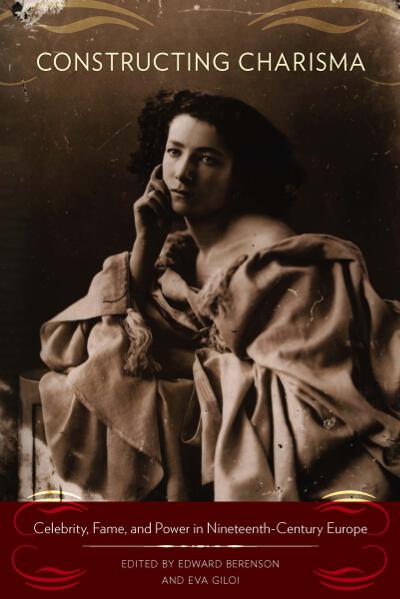 In the collection
In the collection